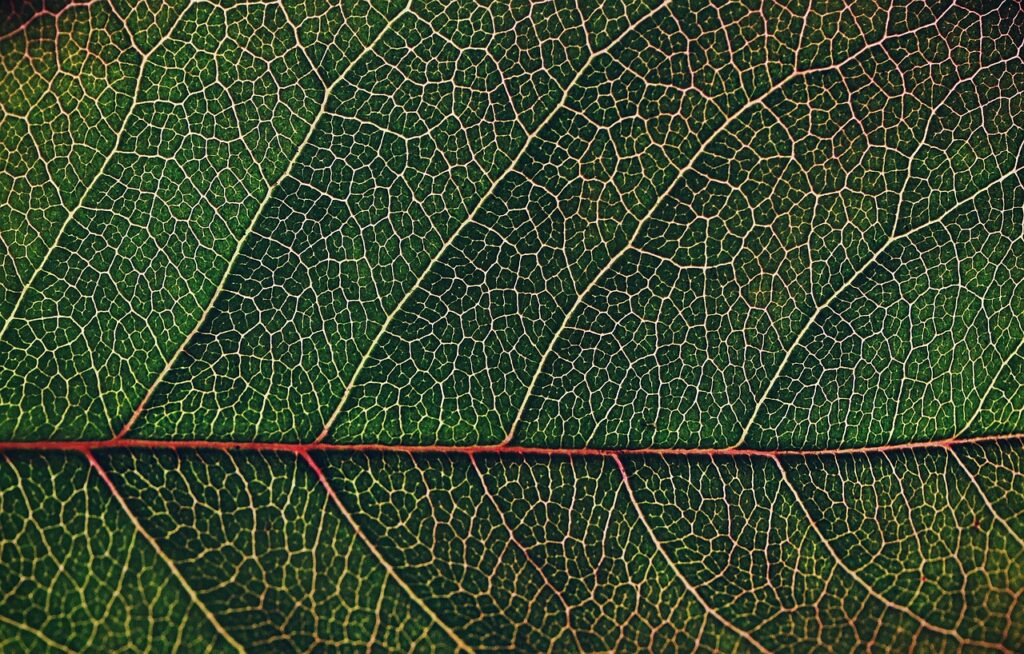Hydrogen is a very important commodity today with 60 million tons of it being produced annually. The problem her is that most of this hydrogen is being produced by using fossil fuels which takes a lot of energy and adds up to pollution. So, researchers have been looking for alternatives which can give us hydrogen at scale.
Researchers have found a new way of producing hydrogen by rewiring the natural process of photosynthesis. This research was done in the lab of Kevin Redding, a professor in the School of Molecular Sciences and director of the Center for Bioenergy and Photosynthesis at Arizona State University.
“What we have done is to show that it is possible to intercept the high energy electrons from photosynthesis and use them to drive alternate chemistry, in a living cell” explained Redding. “We have used hydrogen production here as an example.“
“Kevin Redding and his group have made a true breakthrough in re-engineering the Photosystem I complex,” explained Ian Gould, interim director of the School of Molecular Sciences, which is part of The College of Liberal Arts and Sciences. “They didn’t just find a way to redirect a complex protein structure that nature designed for one purpose to perform a different, but equally critical process, but they found the best way to do it at the molecular level.”
We all know that plants and algae, as well as cyanobacteria, use photosynthesis to produce oxygen and “fuels,” the latter being oxidizable substances like carbohydrates and hydrogen. There are two pigment-protein complexes that orchestrate the primary reactions of light in oxygenic photosynthesis: Photosystem I (PSI) and Photosystem II (PSII).
Algae (in this work the single-celled green alga Chlamydomonas reinhardtii) have an enzyme called hydrogenase that uses electrons it gets from the protein ferredoxin, which is normally used to ferry electrons from PSI to various destinations. A problem is that the algal hydrogenase is rapidly and irreversibly inactivated by oxygen that is constantly produced by PSII.
In this study, doctoral student and first author Andrey Kanygin has created a genetic chimera of PSI and the hydrogenase such that they co-assemble and are active in vivo. This new assembly redirects electrons away from carbon dioxide fixation to the production of biohydrogen.
“We thought that some radically different approaches needed to be taken—thus, our crazy idea of hooking up the hydrogenase enzyme directly to Photosystem I in order to divert a large fraction of the electrons from water splitting (by Photosystem II) to make molecular hydrogen,” explained Redding.
Cells expressing the new photosystem (PSI-hydrogenase) make hydrogen at high rates in a light-dependent fashion, for several days.
Journal
A photosystem I-hydrogenase chimera that makes H2 in vivo, Energy & Environmental Science (2020). DOI: 10.1039/C9EE03859K

